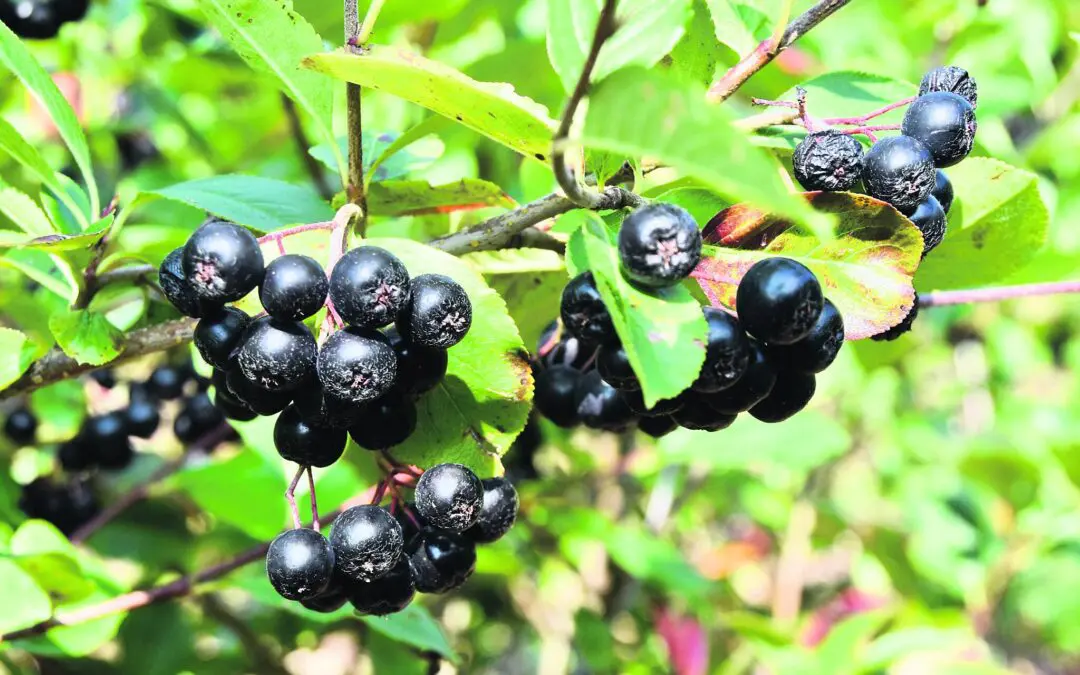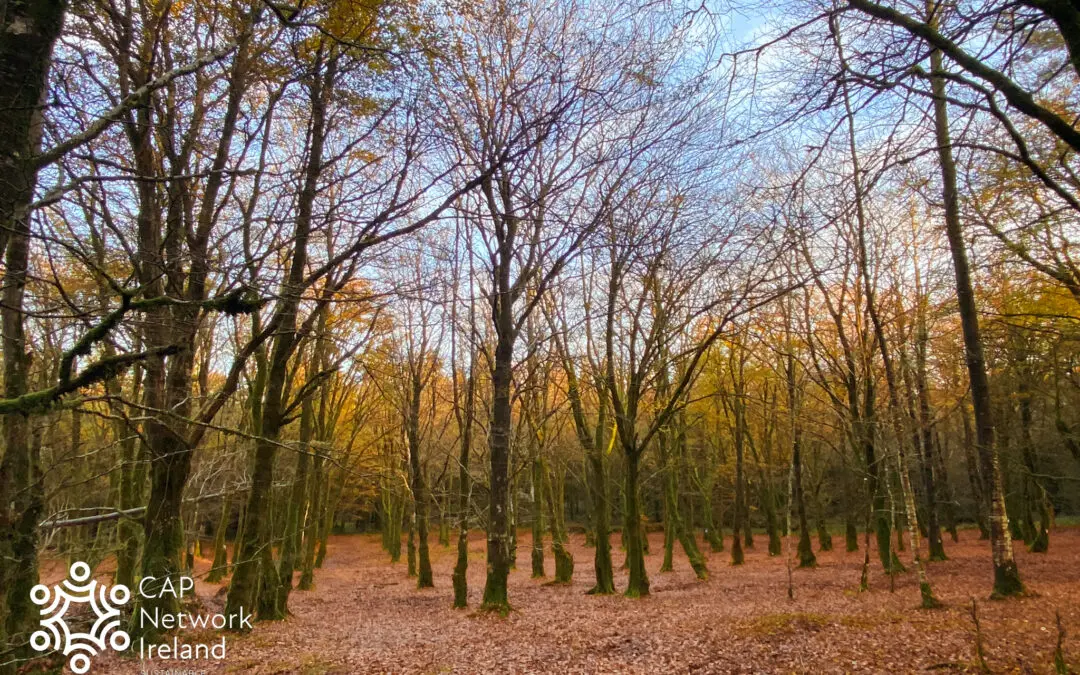Farmers who have been accepted into Tranche 1 of ACRES will be required to have their chosen options completed by the 31st of March 2024. Many farmers have chosen from one or more options to plant more trees on their farms this year. This planting will be completed through the establishment hedgerows, areas of standard trees, orchards, riparian buffer zones or tree belts to capture nutrient runoff from farmyards. It is estimated that as many as 5,000 Irish farmers will plant around 2,000km of new hedgerow by the end of March. This will add significantly to the amount of habitat available for supporting species such as badgers, owls, hedgehogs, stoats, blackbirds and innumerable plants, butterflies and other insects, while being a vital source of food and shelter for pollinators.
It is important to note that the measures listed below must meet certain minimum requirements, such as all trees must be native species of Irish origin and provenance, and must be purchased from Department of Agriculture, Food, and the Marine (DAFM) approved suppliers. All plantations must be protected with suitable stock proof fencing. Individual trees must be protected with a stake and tree guard. Grass and other competing vegetation must be controlled and failed plants must be replaced at the next planting season.
New Hedgerows will be required to have at least 5 plants per metre in a double staggered row that is 1.5m wide. One standard tree must be planted every 50m or a hedgerow species tree can be allowed to mature into a tree every 50 metres. DAFM announced in late 2023 that Whitethorn species will no longer be required to be of Irish provenance or of Irish origin when ordering from DAFM registered suppliers. This amendment does not extend to the other seven listed hedgerow species (blackthorn, dog rose, guelder rose, hazel, holly, spindle and alder buckthorn). It is no longer a requirement to plant at least three species or to have not more than 85% of one species making up the total.
Standard Trees can be planted in either rows or groups (minimum tree height of 60cm) and must contain at least 3 native tree species and no more than 25 per cent of these trees can be Scots pine. At least 4 metres of space must be kept between each tree. Except for Scots Pine, all other tree species must be fitted with a stake and tree guard. The tree guards should be a minimum 75cm in height
Traditional Orchards are another option available to farmers and must consist of at least 10 traditional fruit trees of Irish provenance planted in an area not less than 0.5ha before the 31st of March 2024. The area must be secured with a suitable stock proof fence and all trees are spaced at least 5 metres apart.
Riparian Buffer Zones are an increasingly popular option to protect water quality. The roots of a mature plantation can stabilise river banks against erosion and capture nutrient runoff from farmland while also supporting biodiversity. The planted trees must be a minimum of 60cm in height and be fitted with a staked tree shelter of a minimum 75cm in height. The minimum spacing between trees is 2 metres.
Tree Belts for Ammonia Capture from Farmyards is now an option to consider for capturing ammonia emissions from livestock sheds or uncovered slurry storage areas. The emissions from these areas are directed into the canopy of the tree belt. The tree belt must be secured from livestock and all trees must be of Irish provenance and be a minimum of 60cm in height and planted at least 3 metres apart. The tree belt must contain at least 1 tree per 10m2 of area.
For more information on ACRES, please click here.




